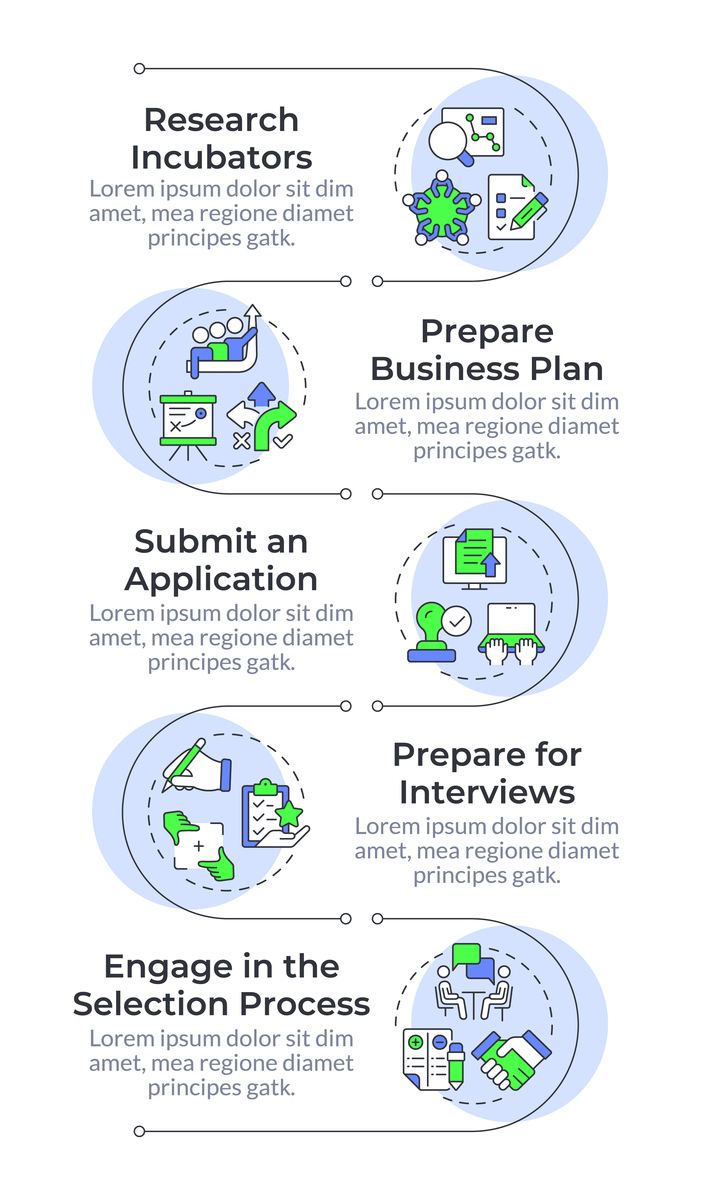UAV Communication in Emergency Rescue: Enhancing Response and Communication
Introduction
Unmanned Aerial Vehicles (UAVs), commonly known as drones, have become increasingly popular in recent years, finding applications across various industries, including agriculture, construction, and surveillance. However, one of the most crucial uses of UAVs is in emergency rescue missions. In emergency rescue, time is of the essence, and UAVs can provide invaluable assistance in terms of communication, reconnaissance, and delivery of essential supplies. This paper delves into the application of UAV communication in emergency rescue.
Communication Challenges in Emergency Rescue
Emergency rescue operations are inherently challenging and unpredictable, demanding swift and effective communication between first responders, emergency management personnel, and victims. However, communication challenges are prevalent in these operations due to several factors, including distance, terrain, and infrastructure damage. For instance, in the aftermath of a natural disaster, communication infrastructure such as cell towers, power lines, and internet connectivity might be damaged or non-existent, making it difficult for first responders to communicate with each other or with victims.
UAV Communication in Emergency Rescue
UAVs can play a pivotal role in addressing communication challenges in emergency rescue operations. They can be equipped with diverse communication technologies, including Wi-Fi, cellular, and satellite communication, to facilitate communication between first responders, emergency management personnel, and victims. UAVs can also act as communication relays, enhancing communication range and signal strength. Below are some of the ways UAVs can be utilized for communication in emergency rescue operations:
- Communication Relay
One of the most significant applications of UAV communication in emergency rescue is as a communication relay. UAVs can act as airborne cell towers, relaying communication signals between first responders on the ground and emergency management personnel in the command center. This can be particularly beneficial in areas where communication infrastructure is damaged or non-existent, such as in the aftermath of a natural disaster.
UAVs can also act as communication relays between first responders and victims. For example, in a search and rescue mission, UAVs can be equipped with Wi-Fi or cellular communication technologies to allow victims to communicate with first responders on the ground. This can be crucial in situations where victims are trapped or injured and cannot move.
- Remote Surveillance
Another important application of UAV communication in emergency rescue is remote surveillance. UAVs can be equipped with cameras and other sensors to provide real-time video and image feeds of the disaster area. This can be valuable for situational awareness, identifying potential hazards, and locating victims. UAVs can also provide thermal imaging, which can be useful in detecting heat signatures of victims or fires.
UAVs can transmit video and image feeds to the command center, enabling emergency management personnel to make informed decisions based on real-time data. This can be particularly useful in situations where the disaster area is inaccessible or hazardous, such as in a nuclear or chemical accident.
- Delivery of Essential Supplies
In emergency rescue operations, the timely delivery of essential supplies such as medicine, food, and water can be critical. However, delivering supplies to disaster areas can be challenging, particularly in areas that are inaccessible or hazardous. UAVs can play a crucial role in delivering essential supplies to disaster areas.
UAVs can be equipped with payload bays to carry essential supplies. They can fly over disaster areas and drop the supplies to first responders or victims on the ground. This can be particularly useful in situations where ground transportation is unavailable or hazardous, such as in a flood or earthquake.
- Rapid Response
In emergency rescue operations, time is of the essence. The longer it takes to rescue victims, the higher the risk of fatalities and injuries. UAVs can provide rapid response capabilities in emergency rescue operations.
UAVs can be deployed quickly and easily, particularly in areas where ground transportation is unavailable or hazardous. They can be launched from a remote location and fly to the disaster area within minutes. UAVs can also fly at high speeds, allowing them to quickly assess the situation and provide real-time data to emergency management personnel.
Conclusion
UAV communication can provide invaluable assistance in emergency rescue operations. UAVs can act as communication relays, provide remote surveillance, deliver essential supplies, and provide rapid response capabilities. UAVs can enhance communication range and signal strength, particularly in areas where communication infrastructure is damaged or non-existent. They can also provide real-time data to emergency management personnel, allowing them to make informed decisions. UAVs have the potential to save lives and reduce injuries in emergency rescue operations.

原文地址: https://www.cveoy.top/t/topic/mRiy 著作权归作者所有。请勿转载和采集!